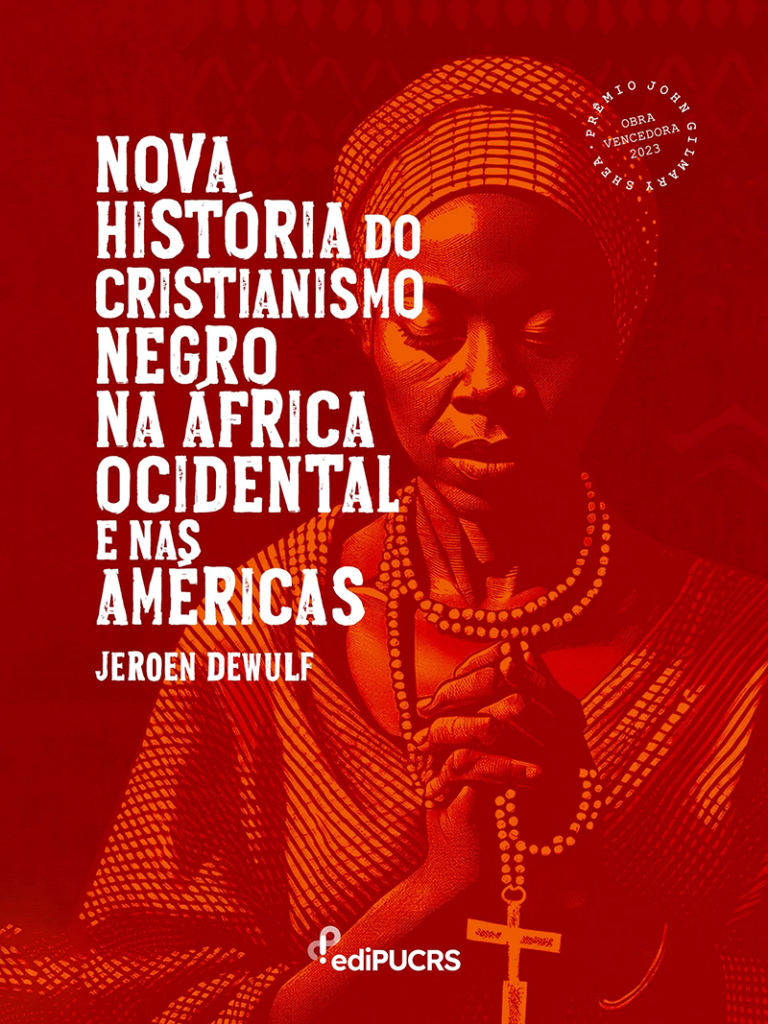Check out Lineages of the Global City, the new publication by new faculty member, Shiben Banerji. It is available to view online through UC Library Search.

From University of Texas Press:
This is a beautifully researched and realized work of scholarship, which unveils a remarkable archive of urban images that connect occultism, modernism, globality, and architecture. It will be of great value to historians, architects, planners, and scholars of cultural modernity due to its powerful argument for the cosmological underpinnings of modern urban thought.
~Arjun Appadurai, New York University, author of The Future as Cultural Fact: Essays on the Global Condition
In the contemporary era of climate crisis, growing concerns about the exploitation of nature, resurgent nationalism, and what is looking to be a new global political and economic order that will impact not just nations but also cities, this provocative book will spark considerable debate about what kinds of urban habitats we want to build and whether historical models relegated to the dustbin of twentieth-century architectural history can indeed offer new food for thought in these turbulent times.
~Diane E. Davis, Harvard Graduate School of Design; CIFAR Fellow and Project Co-Director, Humanity’s Urban Future
You can read the abstract here.






![Francisco de Goya and the Art of Critique [cover]](https://update.lib.berkeley.edu/wp-content/uploads/2023/01/art-of-critique.png)

![Creole: Portraits of France’s Foreign Relations During the Long Nineteenth Century [book cover]](https://update.lib.berkeley.edu/wp-content/uploads/2023/01/CREOLE.jpg)